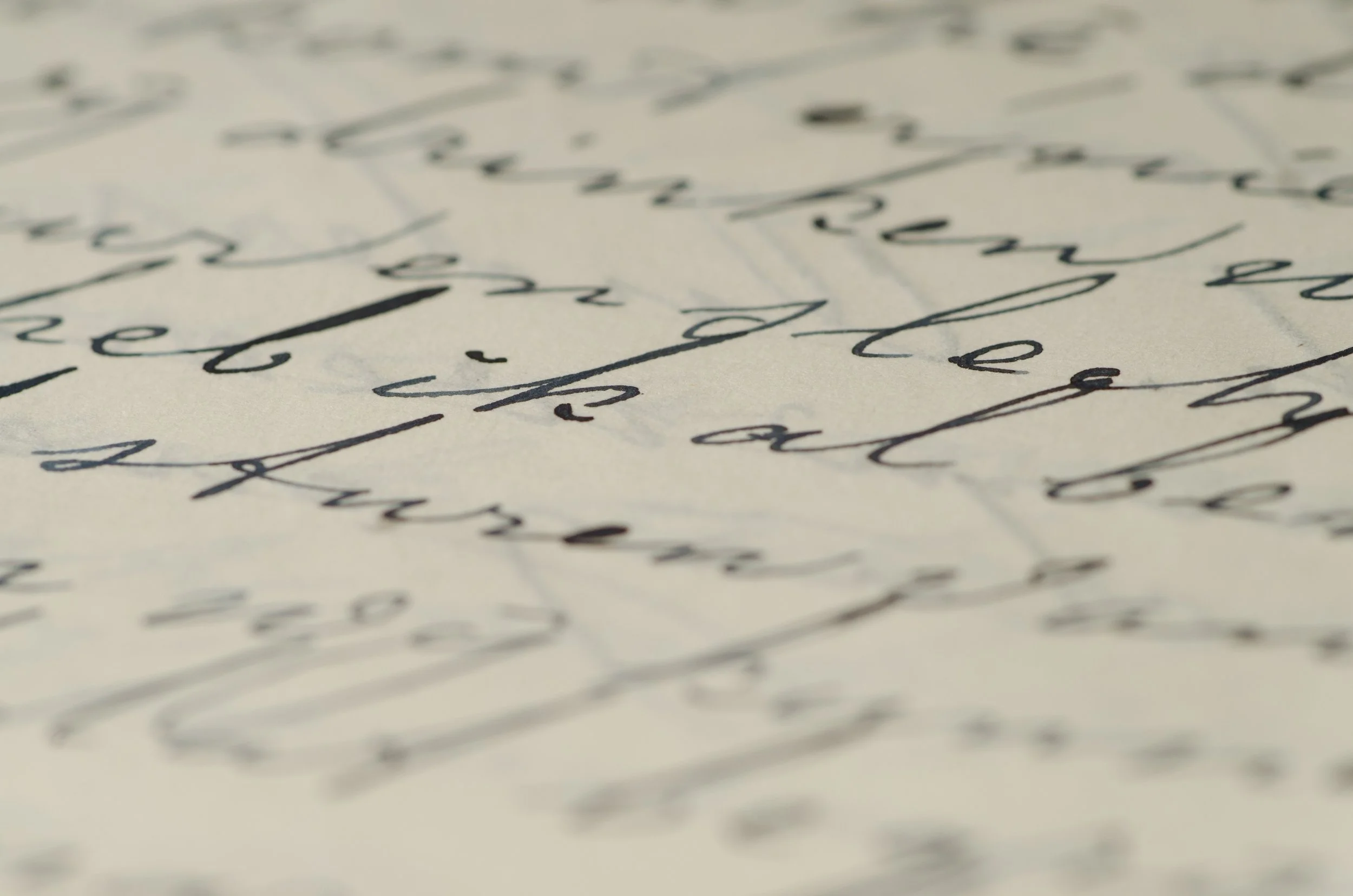The glow of my fall tree is quietest at 5 a.m. Before anyone else is up and before the sun rises. Normally around this time of year, we go out and find a live dead tree to anchor up in the living room. We water it regularly like we’re taking care of a delicate rose. I found a two-foot long funnel that we can sink into the tree at waist height with the end dipping into the water bowl, so rather than bending over and crawling under the tree with a watering can, we can just dump the water in from a standing position. Despite all the watering, the tree often starts slouching its arms to the ground well before Christmas arrives.
Looking through Christmas tree photos, I found one from a few years ago that was strange: two skinny fake trees were standing side by side exactly where the live dead one should have been. That was the year the real tree started shedding its ornaments several days before Christmas day. Its branches and needles reached to the floor with such gusto that the ornaments simply slid off the ends or hung precariously on the tips as if on the edge of a cliff. I removed all the baubles, tipped the tree over, and hauled it to the curb.
While I said I always wanted a real tree, this year I made the move to an artificial one. The adventure of choosing one on the tree lot in the cold, the setting up—and some years, the falling over—plucking my favorite big tree from the group only for Bill to remind me that we don’t have twelve-foot ceilings, the stuffing of hundreds of lights into the pokey boughs before the ornaments go on… that adventure will not be this year. Instead, I had a tree of light and hope at the beginning of November; now I have a fall tree, and next week I’ll have a Christmas tree. Who knows what will become of it after the twelve days of Christmas. It may very well revert to an undecorated tree of light and hope.
Two weeks ago, I stood at the edge of the Christmas tree display in Home Depot trying to pick the right tree. I knew the height I needed: less than eight feet. I knew the width: round enough to fill the window spot and narrow enough so that we could walk between the tree and couch into the living room. I knew it needed to look real: no poles or wires waving at me from the inside. The choice came down between two trees: one with 1,400 lights and another with 4,000. I had never had more than 1,000 lights on the trees of my past, so I was pretty sure that 1,400 would be plenty, but that 4,000-light tree was spectacularly twinkly and mesmerizing.
Standing there too long in a mask and with my glasses fogging up, I contemplated the kind of light I wanted to make with this investment. The gambit of cataloged light adjectives squarely fell into two camps: that which I detested and that which sparked warmth. In any kind of meditative or mindfulness practice referencing light, I translate whatever the instructor suggests envisioning into a tempered light. Bright, radiating, white, exploding, and beaming light do not energize me. All of those point to burning hot summer days where the only good place to be outdoors is near a body of water. A pool or the beach. Beyond that summer association, the reference of those powerful rays of light remind me of radiation treatment. I’m thankful I had that in my wheelhouse a decade ago, but those descriptors of light fall too close and joggle the memory box. Imagining a beam of white light shining up and down my chakras takes me out of the moment quicker than would a bucket of ice water thrown over my head.
This past summer I took the boys to a swimming pool several times a week. That was a great reprieve to be in the sun with a cooling pool to jump into when the heat got too intense. We never went mid-day when the crowds were big, rather we went late in the afternoon and normally left the pool around 8 p.m. as the lifeguards played “Closing Time” over the speakers. We trudged out in wet swim gear, towels wrapped around us, and bags in hand. It was a fifteen minute drive home where we could shower and dry off.
As the season waned, we watched summer slide away by the sunlight shortening on the drive home. I came to a red light one evening and my eye was drawn to the white, slatted United Methodist Church steeple to my left just across the intersection. The west side was draped in a lovely hue of golden pink. The glow of color was divine. I imagined the setting sun’s rays hitting the top of the steeple then being diffused into a flood of ambient light washing down a white canvas. Cascading light. With no overbearing intensity. Firm enough to light the sky and the land. Indirect but present. Quiet and peaceful.
I stood solid in indecision until I paired that steeple light with each of the Christmas trees. Both were sparkly, but the intensity of the lights soon settled into those two camps of light adjectives. That comparison finally made the decision an easy one. The glow of the 1,400-light tree will take us through the holiday season and the dark winter, and perhaps it will pull us right into spring.
May you find just the right light as we head into this holiday season.
